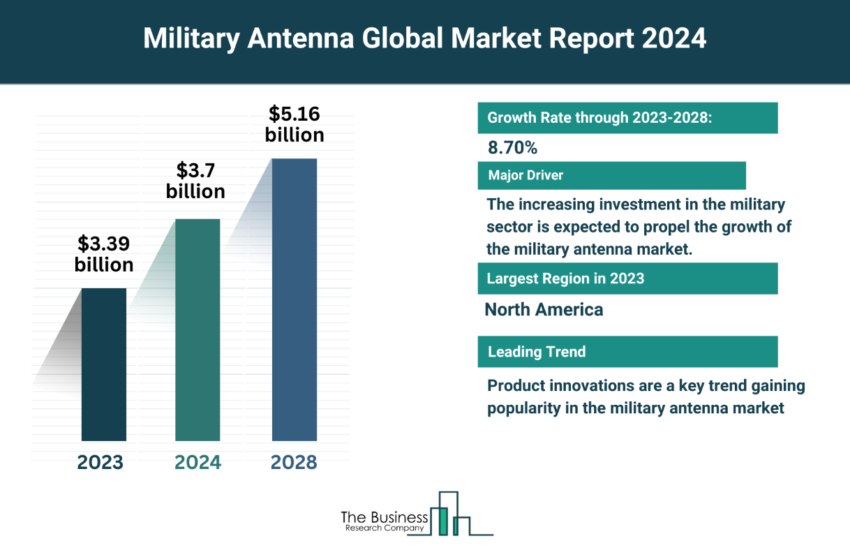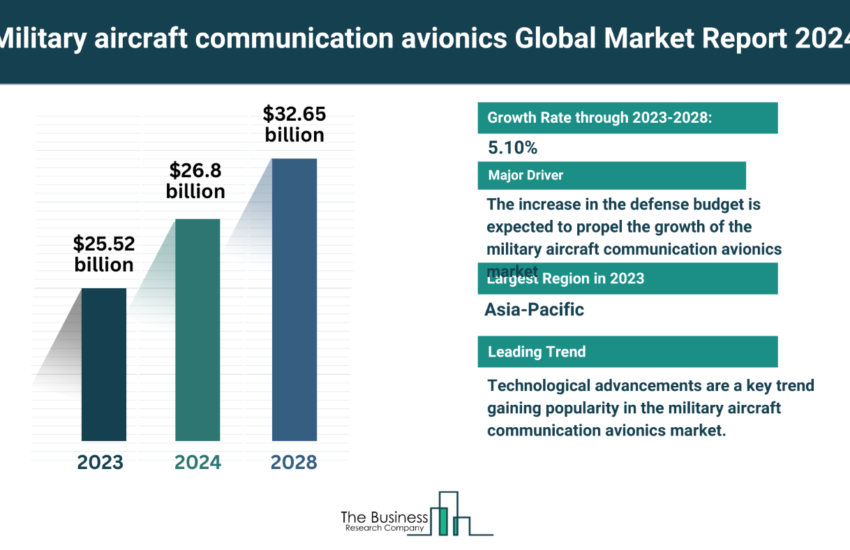Use Of Aircraft Health Monitoring System (AHMS) In the Global Aerospace Market
Aircraft manufacturing companies are using Aircraft Health Monitoring System (AHMS) to make processes faster with lower maintenance. AHMS consists of tools, solutions, and techniques closely related to a system of hardware and software, which perform remote monitoring of aircraft data to understand its current or future serviceability or performance. Implementation of AHMS reduces maintenance, repair and overhaul costs, and also improves overall safety of an aircraft. Replacing visual inspections, X-ray, penetrant testing, and other traditional inspection procedures with AHMS may reduce the inspection time from hours to minutes. AHMS is supported by data processing systems, machine learning, and economical IoT-enabled sensors. This system also helps the airlines to make processes faster with less maintenance. Companies including Airbus, Boeing, and GE are adopting this technology to improve manufacturing, maintenance and operational efficiencies.
Aircraft maintenance, repair, and overhauling services companies widely using AHMS systems to assist companies in maintenance and repair process, and lower operating costs. These systems significantly reduce inspection time as it substitutes visual inspections, X-rays, and conventional monitoring processes with AHMS system procedures. AHMS is integrated with machine learning and IoT-enabled sensor technology and other advance data process system.
In 2017, Oliver Wyman, an American management consulting firm, conducted a survey involving senior executives and directors from the aviation industry. The survey revealed that 63% of respondents from leading airlines agreed that Aircraft Health Monitoring Systems (AHMS) increased reliability and safety of aircraft, and 35% of respondents agreed that it helped to reduce their maintenance costs. Aircraft Health Monitoring Systems are used to utilize and analyze big data to improve availability and reliability of aircrafts.
The global aerospace market is expected to grow from $342.4 billion in 2019 to $423.5 billion in 2023 at a compound annual growth rate (CAGR) of 5.5%.
The adoption of robotics and Unmanned Aerial Vehicles (UAVs) is another trend being deployed by aircraft maintenance and repair companies to shorten maintenance time. Robotics and UAV systems capture images of aircraft components, link it with 3D models, and report for damage or any additional inspections. They are being used for scheduled maintenance of fuselages, to inspect aircraft damage due to extreme weather conditions, and to deliver spare parts to MRO (maintenance, repair and overhaul) facilities. For instance, EasyJet, a low-cost airline based in the UK, is using drones for aircraft inspections. Similarly, Air New Zealand is testing camera mounted robots to carry out inspections of aircraft fuselage.
4K technology is being integrated with drones to enhance picture and video quality captured by these aircrafts. 4K technology offers greater horizontal display resolution and offers images that show more details than standard HD. 4K cameras integrated with drones offer high precision and provide high resolution footage in autonomous flights. Major manufacturers offering 4K drones include SZ DJI, Yuneec, GoPro, ZEROTECH, and others.




